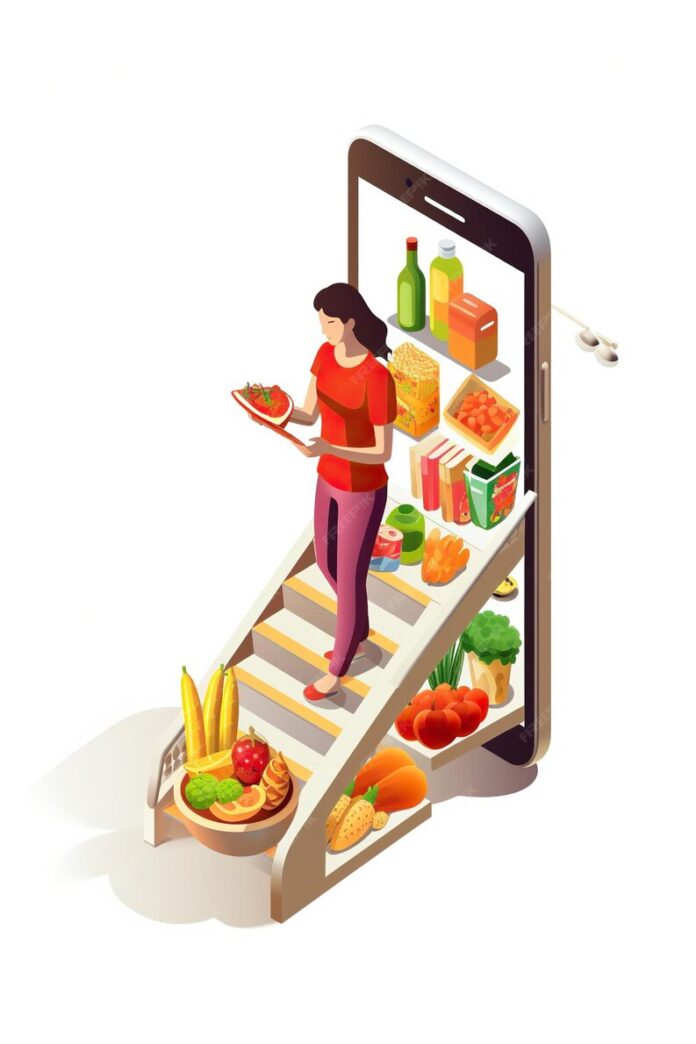Introduction
The food delivery industry has experienced substantial development over the past few years, with an increasing number of customers relying on rapid and efficient meal delivery services. As a result, businesses operating in this industry are continuously looking for methods to simplify their processes to meet the growing demand. One solution that has gained momentum in recent years is leveraging the power of Uber Like App Development for Business to enhance food delivery operations.
Uber for Business is an extension of the well-known ride-sharing platform, Uber. It provides businesses with a versatile and user-friendly platform to manage transportation and delivery needs efficiently. In this blog post, we will explore how Uber for Business works, specifically in the context of streamlining food delivery operations.
1. Understanding Uber for Business
Uber for Business is a platform designed to help companies manage their transportation and delivery needs. Whether it’s providing transportation for employees or streamlining the delivery of goods, Uber for Business offers a variety of features and tools to simplify the process. For food delivery businesses, this platform can be a game-changer, enabling them to offer faster and more efficient delivery services while reducing operational overhead.
2. Key Features of Uber for Business
2.1. Centralized Billing
One of the key features of Uber for Business is centralized billing. This means that a business can set up a single corporate account and link it to multiple user profiles. This is particularly useful for food delivery businesses that have a fleet of drivers, as it allows them to keep track of all expenses in one place and make payments more efficiently.
2.2. Customized Access Levels
Uber for Business allows administrators to have control over who can access and use the platform. This can be a valuable feature for food delivery businesses, as it ensures that only authorized personnel have access to the company’s Uber account. Access levels can be customized for different roles within the organization, such as managers, drivers, and dispatchers.
2.3. Expense Management
Expense management is another important feature of Uber for Business. It provides detailed reports on transportation and delivery expenses, helping businesses keep a close eye on their costs. For food delivery companies, this feature can be used to monitor spending on driver fees, fuel, and other operational expenses.
2.4. Integrations
Uber for Business can be seamlessly integrated with a variety of expense management and accounting software. This makes it easier for food delivery businesses to incorporate Uber expenses into their overall financial management systems.
3. How Uber for Business Benefits Food Delivery Operations
Now that we have a basic understanding of Uber for Business and its key features, let’s delve into how it can benefit food delivery operations.
3.1. Efficient Dispatch and Routing
Efficient dispatch and routing are crucial for food delivery businesses. With Uber for Business, dispatchers can easily assign orders to drivers and optimize routes in real time. This ensures that deliveries are made promptly, minimizing customer wait times and improving overall customer satisfaction.
3.2. Real-Time Tracking
Customers today expect to have real-time tracking information for their food deliveries. Uber for Business provides real-time tracking of drivers, allowing customers to know exactly when their food will arrive. This level of transparency not only enhances the customer experience but also builds trust in the delivery service.
3.3. Cost Savings
Food delivery businesses can benefit from cost savings when using Uber for Business. The platform allows for efficient route optimization, reducing fuel consumption and operational costs. Additionally, businesses can choose from a variety of Uber vehicle options, including eco-friendly vehicles, which can further reduce their carbon footprint and operating expenses.
3.4. Scalability
As food delivery businesses grow, they often face the challenge of managing an expanding fleet of drivers. Uber for Business is scalable, allowing companies to add and manage new drivers and vehicles with ease. This flexibility is essential for businesses looking to meet increasing customer demand.
3.5. Data-Driven Decision Making
Uber for Business provides access to detailed data and analytics. Food delivery businesses can use this data to make informed decisions about their operations. For example, they can identify delivery hotspots, peak order times, and areas where demand is surging. This information can help businesses allocate resources effectively and make strategic decisions to improve service quality.
4. Case Study: A Food Delivery Business Using Uber for Business
To better illustrate the benefits of Uber for Business in the context of food delivery, let’s look at a hypothetical case study.
Case Study: QuickBites Delivery
QuickBites Delivery is a growing food delivery business that serves a major metropolitan area. They face increasing competition and a rapidly expanding customer base. To keep up with demand and ensure their operations run smoothly, QuickBites decided to implement Uber for Business into their delivery process.
4.1. Centralized Billing
QuickBites set up a corporate Uber for Business account, which allowed them to centralize billing. They linked this account to individual driver profiles, making it easier to manage payments to their drivers. This reduced the administrative overhead associated with managing driver expenses.
4.2. Customized Access Levels
QuickBites used the customized access levels feature to provide different levels of access to their team members. Dispatchers had access to route optimization tools, while drivers could see their assigned deliveries and navigation instructions. Managers had access to all data and reports to oversee the operation effectively.
4.3. Expense Management
The expense management feature allowed QuickBites to track all their transportation-related expenses in one place. They could easily generate reports on driver fees, fuel costs, and other operational expenses. This data was crucial for making informed decisions and optimizing their delivery process.
4.4. Route Optimization
With Uber for Business, QuickBites could efficiently dispatch orders to drivers based on their proximity to the pickup location. The platform’s route optimization tools ensured that drivers took the most efficient routes to reach their destinations. This resulted in faster deliveries and lower fuel costs.
4.5. Real-Time Tracking
QuickBites provided their customers with real-time tracking of their deliveries. Customers could see the location of their assigned driver and the estimated delivery time. This level of transparency enhanced the customer experience and reduced customer inquiries about the status of their orders.
4.6. Cost Savings
By optimizing routes and using eco-friendly vehicle options, QuickBites achieved significant cost savings. They also took advantage of Uber’s surge pricing data to avoid sending drivers into high-demand, high-fee areas during peak hours, further reducing operational costs.
4.7. Data-Driven Decision Making
QuickBites used the data and analytics provided by Uber for Business to make strategic decisions. They identified trends in customer demand, allowing them to allocate drivers more effectively during busy hours and in high-demand areas. This led to increased order fulfillment rates and improved customer satisfaction.
Conclusion
Uber for Business is a powerful tool that can significantly streamline food delivery operations. By offering centralized billing, customized access levels, expense management, route optimization, real-time tracking, cost savings, and data-driven decision-making, it empowers food delivery businesses to operate more efficiently and meet the growing demands of their customers.
As the food delivery app development industry continues to develop, adopting cutting-edge solutions like Uber for Business is essential for maintaining competition. This platform not only increases operational effectiveness but also improves the overall customer experience, resulting in higher customer retention and increased revenue.
Food delivery businesses that embrace Uber for Business will find themselves better equipped to navigate the dynamic and demanding landscape of the industry, ultimately leading to sustainable growth and success.


